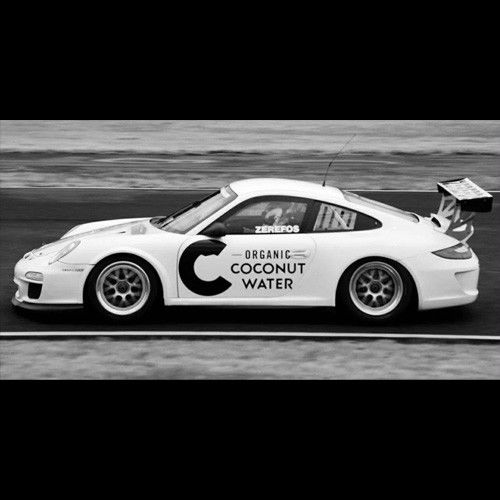

The unusual preparation comes as F1 returns to the venue for the first time since 2019 and will see teams venturing into the unknown.
Complicating matters is the Sprint format this weekend, with just a 60-minute practice session available before Sprint Qualifying on Friday.
UPDATE: FIA explains Chinese GP track paint
F1 has moved on significantly since it last visited China.
New regulations for 2022 introduced cars that exploit significantly different aerodynamic philosophies from their predecessors and place different demands on the tyres.
Shanghai’s long, loaded corners, coupled with the abrasive track surface, have traditionally made the venue one of the hardest on tyres.
Official supplier Pirelli was unable to visit the venue ahead of time to gain information on the track surface and has elected to bring with it the middle three rubber compounds.
“Based on simulations and past data, the tyres are subjected to lateral and longitudinal forces here that fall into the medium category, with the outside of the tyre, especially on the left-hand side of the car, wearing the most,” the Italian company noted in its event preview.
“Five years ago, the 13-inch tyres were still in use, fitted to the previous generation of car, which had a flat floor and completely different aerodynamics to the current car.
“In fact, for the drivers, the teams and indeed for Pirelli, it’s pretty much a matter of starting from scratch, given that the references are very vague.”
A former winner in China, Daniel Ricciardo is one of several drivers to have passed comment on the revised surface for this weekend.
“It looks like they painted the track or they’ve done something to the surface,” he said.
“Apparently, they’ve just painted it or something, so I don’t know how the track is going to change; if it’s going to be the same or super slippery.
“Maybe that changes the way the tyres behave, so it could also open up some things for overtaking or strategies.”
Ferrari’s Charles Leclerc added: “It depends a lot on the type of paint they used.
“That could cause different issues or have no issues at all. I hope it’s the latter that will be the case.
“For now, it’s very difficult to predict,” he added.
“I have only seen pictures, I haven’t gone around the track yet. I don’t think it’s the same everywhere, which might not be great.
“Before adding further comments, I think we just have to drive and see how it feels.”
While an unusual solution in Formula 1, it has been used successfully at other levels of motorsport. Esteban Ocon recounts racing go-karts on a painted surface.
“It could be slippery in the wet, it could be very high grip – we can’t really tell until we really try,” he said.
“A long time ago, in our go-kart days, there was sort of paint put on tracks, and you used to put down rubber and keep rubber a lot in corners that had a lot of grip.
“I don’t expect that to be the case, but it could do a lot of different things.”
The treatment given to the track surface has not been noted in the race director notes issued to teams ahead of the weekend.
In addition to standard notes, each event brings with it specific instructions pertinent to the venue, including any changes since F1 last visited noted.
For China, that list includes (among other items) the removal of bumps at Turn 1, Turn 3 and Turn 8, repairs to cracks in the pit lane, changes to run-off areas, removal of sausage kerbs and artificial grass, and the addition of new brake markers.
On-track action in China begins with opening practice at 13:30 AEST on Friday ahead of Sprint Qualifying at 17:30.





















Discussion about this post